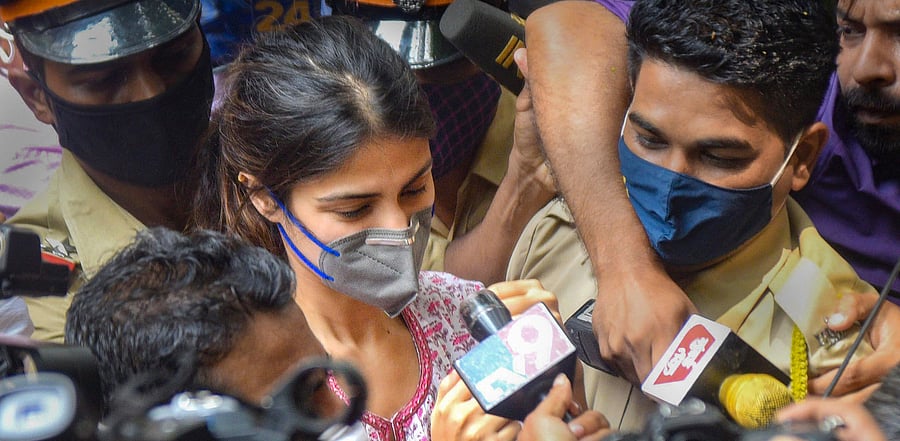
The death of actor Sushant Singh Rajput and subsequent events that played out in media have opened a debate on the role of the press, particularly 24x7 news channels in cases under investigation and pending trial before the court.
Media, which derived its right from the Constitution, enjoyed an exalted status of the fourth pillar in our democracy. However, it can't ignore the fact that its freedom can't be unbridled to broadcast defamatory materials, marked with innuendos, half-truths and irresponsible vilification. This is intended to check violation of the right of accused of fair trial and to avoid any bid to prejudice the court's power of administration of justice.
It was seen that lack of statutory body particularly in case of electronic media exacerbated the situation, marred by irresponsible coverage aimed at sensationalism and scandalising events. The News Broadcasting Standards Authority failed to address the concerns raised time and again in numerous cases.
About 61 years ago in Express Newspapers Vs Union of India (1959), the Supreme Court exhaustively dealt with freedom of the press and asked it to be restrained in its coverage. It said like other freedoms, press freedom can also suffer reasonable restrictions.
In case of Manu Sharma (Jessica Lal murder case) (2010), the top court has said there is a danger of serious risk of prejudice if the media exercised unrestricted and unregulated freedom such that it published photographs of the suspects or the accused before the identification parades or if the media published statements which outrightly hold the suspect or the accused guilty even before such an order has been passed by the court. In R K Anand case (2009), the court said media should perform the acts of journalism and not as a special agency for the court.
In Harijai Vs Vijay Kumar (1996), the Supreme Court said the press or journalists enjoyed no special right of freedom of expression and the guarantee of this freedom was the same as available to every citizen. The press does not enjoy any special privilege or immunity from the law.
It is important to note that the right to free speech in the United States is absolute and no restraint order against publication is possible unless there is a clear danger to the right itself. However, the position in India is different. The right to free speech is not absolute as in the US. But it is conditional and restricted by Article 19(2) (reasonable restrictions) of the Constitution.
The Law Commission, in its 200th report in 2006 on 'trial by media, free speech and fair trial', said the freedom of the media not being absolute, media persons connected with the print and electronic media have to be equipped with sufficient inputs as to the width of the right under Art 19(1)(a) and about what is not permitted to be published under Art 19(2).
"Aspects of constitutional law, human rights, protection of life and liberty, law relating to defamation and Contempt of Court are important from the media point of view. It is necessary that the syllabus in Journalism should cover the various aspects of law. It is also necessary to have Diploma and Degree Course in Journalism and the Law for the media persons,” it said.
In case of Sahara India Real Estate Corpn Ltd Vs SEBI, (2012), the Constitution bench propounded the concept of postponement of publication or publicity in cases, having a real and substantial risk of prejudice to the proper administration of justice or to the fairness of a trial, in balancing of the rights of the press and public interest. However, this was rarely applied.

